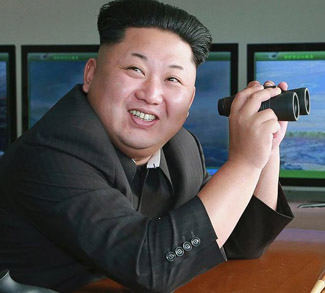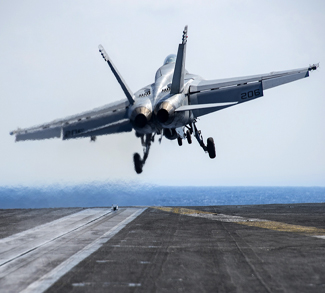Asia’s two military-dominated authoritarian states, Myanmar and North Korea, used to have much in common ten years ago. In the post-Cold War order each has been hit by sanctions and threatened with Western intervention. Both turned into regional outcasts dependent on criminal economies and at one point Myanmar even supposedly sought weapons of mass destruction to secure its regime the way North Korea had.
But in Myanmar no general was ever quite strong enough to institute one man rule after the 1988 coup staged by the generals of the then-State Law and Order Restoration Council. This may have saved the south-east Asian country from taking the path trodden by North Korea under its Kim dynasty.
Meanwhile, Myanmar’s generals have proved more adroit in managing their foreign policy challenges whilst North Korea has gone through a difficult time of transition from Kim Jong Il to his son Kim Jong Un.
Following the recent North Korean party conference however, it seems clear that North Korea’s regime has finally solidified itself around the younger Kim after several years of purges. Though this was not a forgone conclusion, Kim Jong Un seems to have bought himself some breathing space to begin implanting any strategic visions he has for the future direction of North Korea.
The prospect of the choleric young leader or those around him reversing six decades of confrontation with the non-communist world does indeed seem far-fetched at present.
But after the massacres, in 2007 nobody thought that the junta in Myanmar could successfully create a facade of democratic accountability — while preserving much of its own power behind the scenes. At the time observers in the West generally believed this virtual Chinese client state would remain suspended outside of the international community until the regime rotted away, but Myanmar’s generals have proved surprisingly politically dexterous since taking off their uniforms.




